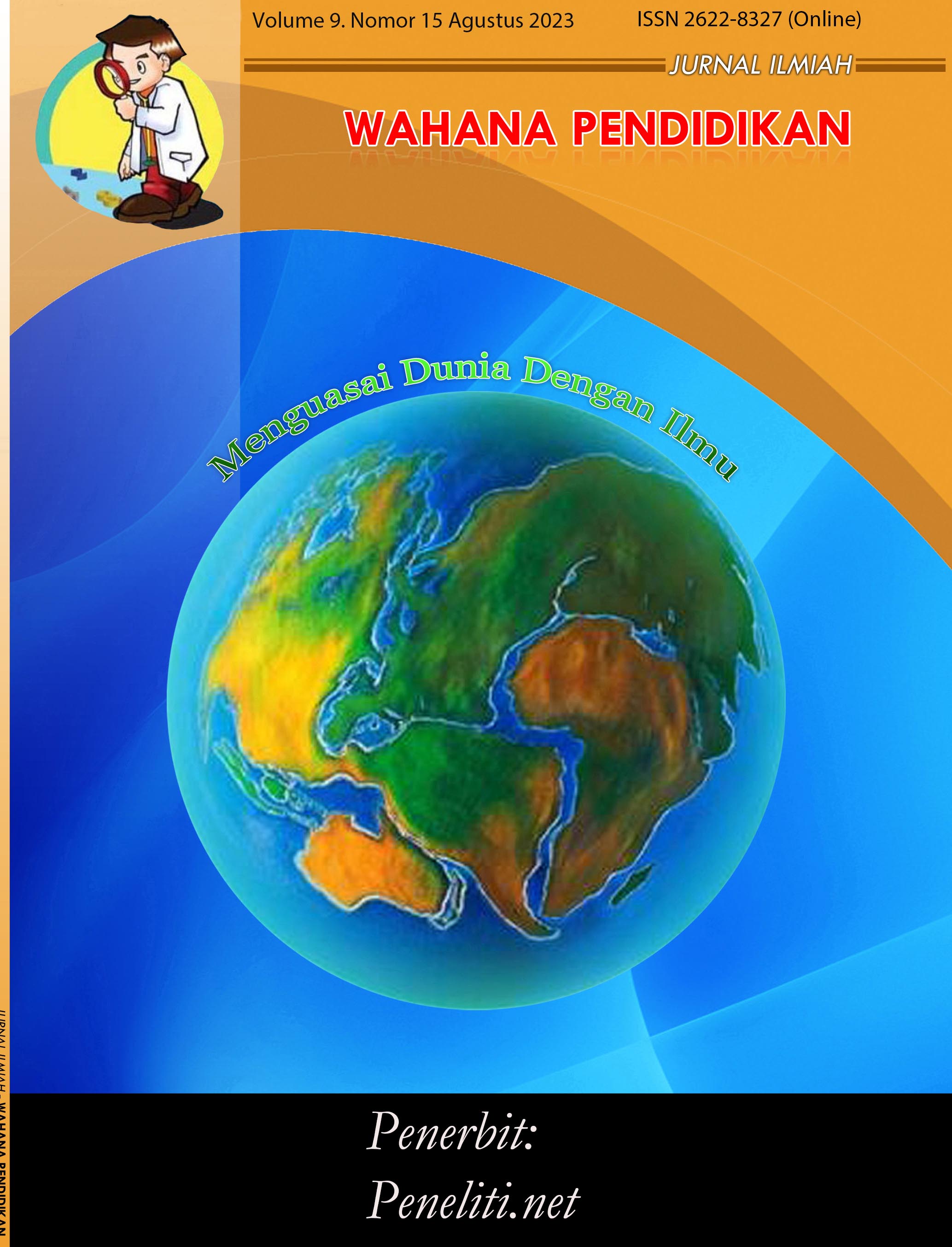Analisis Standar Pelayanan Minimum Transjakarta Berdasarkan Observasi Dan Persepsi Penumpang
Abstract
As it is known that the provincial government of DKI Jakarta through Governor Regulation number 35 of 2014 has issued Minimum Service Standard (MSS) Transjakarta Busway Management unit. The Governor's Regulation should be the foundation for Transjakarta's operations and at the same time be a benchmark for the quality of PT. Transportation Jakarta. While Transjakarta service is still much complained by Transjakarta users. From the results of on-board survey conducted on 8 Transjakarta corridors shows the results that most of the measured parameters have been in accordance with MSS Transjakarta although there is variation between each corridor. However, based on the perception survey and passenger experience using questionnaires, it shows the low level of satisfaction of Transjakarta users to Transjakarta services especially in terms of waiting time and travel time. From these two survey results show the conflict between service standard and satisfaction level that makes the basis of analysis to Minimum Service Standards, whether the Minimum Service Standards that have been set too low or not and what matters can be a guide in determining Minimum Service Standards Transjakarta And other Public Transport.
References
Azwar, S. A., Sahara, S., & Ginting, M. H. (2022). Intermodal Connectivity At Kampung Rambutan Bus Terminal. International Journal of Research-GRANTHAALAYAH,[online], 10(11).
Hadi, W, Ladesi, VK, Sahara, S, & Suyadi, D (2023). Analysis berth allocation problem (BAP) at New Priok Container Terminal One (NPTC-1) North Jakarta Indonesia. AIP Conference Proceedings, pubs.aip.org, https://pubs.aip.org/aip/acp/article/2646/1/050064/2887052
Hadi, W, & Putra, YP (2022). Analisis Faktor Penyebab Kesalahan Penetapan HS Code (Studi Kasus: Impor Ball Valve PT. Global Cargo System). LOGISTIK, journal.unj.ac.id, http://journal.unj.ac.id/unj/index.php/logistik/article/view/26608
SAHARA, S, & Yuliana, D (2021). ANALISIS TINGKAT KEPUASAN PELANGGAN DALAM PENERAPAN SISTEM BOARDING PASS DI GATE KEBERANGKATAN TERMINAL TERPADU PULO GEBAN. LOGISTIK, journal.unj.ac.id, http://journal.unj.ac.id/unj/index.php/logistik/article/view/20507
Takahashi, S, Ishii, H, Shinkawa, K, Kawahara, T, & ... (1988). Route bus service controlling system. US Patent …, Google Patents, https://patents.google.com/patent/US4791571A/en
Noor, HM, & Foo, J (2014). Determinants of customer satisfaction of service quality: City bus service in Kota Kinabalu, Malaysia. Procedia-Social and Behavioral Sciences, Elsevier, https://www.sciencedirect.com/science/article/pii/S1877042814055347
Stokken, RA (1982). Modular terminal system using a common bus. US Patent 4,365,294, Google Patents, https://patents.google.com/patent/US4365294/en
Oransirikul, T, Nishide, R, Piumarta, I, & Takada, H (2014). Measuring bus passenger load by monitoring Wi-Fi transmissions from mobile devices. Procedia Technology, Elsevier, https://www.sciencedirect.com/science/article/pii/S2212017314005441
Al-Mudhaffar, A, Nissan, A, & Bang, KL (2016). Bus stop and bus terminal capacity. Transportation Research Procedia, Elsevier, https://www.sciencedirect.com/science/article/pii/S2352146516301430
Dou, X, & Meng, Q (2019). Feeder bus timetable design and vehicle size setting in peak hour demand conditions. Transportation Research Record, journals.sagepub.com, https://doi.org/10.1177/0361198119846462
Klein, NJ (2015). Get on the (curbside) bus: The new intercity bus. Journal of Transport and Land use, JSTOR, https://www.jstor.org/stable/26202707
Apriyanto, T (2008). Kerangka Evaluasi Pengembangan Terminal Bus Antar Kota. Jurnal Teknik Sipil dan Perencanaan, journal.unnes.ac.id, https://journal.unnes.ac.id/nju/index.php/jtsp/article/view/6949
Eboli, L, & Mazzulla, G (2009). A new customer satisfaction index for evaluating transit service quality. Journal of Public transportation, Elsevier, https://www.sciencedirect.com/science/article/pii/S1077291X22002533
Disney, J (1999). Customer satisfaction and loyalty: The critical elements of service quality. Total Quality Management, Taylor &Francis, https://doi.org/10.1080/0954412997442
Syukri, SHA (2014). Penerapan Customer Satisfaction Index (CSI) dan analisis gap pada kualitas pelayanan Trans Jogja., publikasiilmiah.ums.ac.id, https://publikasiilmiah.ums.ac.id/xmlui/handle/11617/5271
Ampountolas, K, & Kring, M (2020). Mitigating bunching with bus-following models and bus-to-bus cooperation. IEEE Transactions on Intelligent …, ieeexplore.ieee.org, https://ieeexplore.ieee.org/abstract/document/9000908/
Quddus, M, Rahman, F, Monsuur, F, & ... (2019). Analyzing bus passengers' satisfaction in Dhaka using discrete choice models. Transportation …, journals.sagepub.com, https://doi.org/10.1177/0361198119825846
Fitzpatrick, K, Perkinson, D, & Hall, K (1996). Findings from a survey on bus stop design. Journal of Public Transportation, Elsevier, https://www.sciencedirect.com/science/article/pii/S1077291X22004805
Allen, J, Muñoz, JC, & Rosell, J (2019). Effect of a major network reform on bus transit satisfaction. Transportation Research Part A: Policy and …, Elsevier, https://www.sciencedirect.com/science/article/pii/S096585641831320X
Tyrinopoulos, Y, & Antoniou, C (2008). Public transit user satisfaction: Variability and policy implications. Transport Policy, Elsevier, https://www.sciencedirect.com/science/article/pii/S0967070X08000346
Eboli, L, & Mazzulla, G (2009). A new customer satisfaction index for evaluating transit service quality. Journal of Public transportation, Elsevier, https://www.sciencedirect.com/science/article/pii/S1077291X22002533




